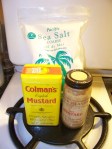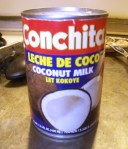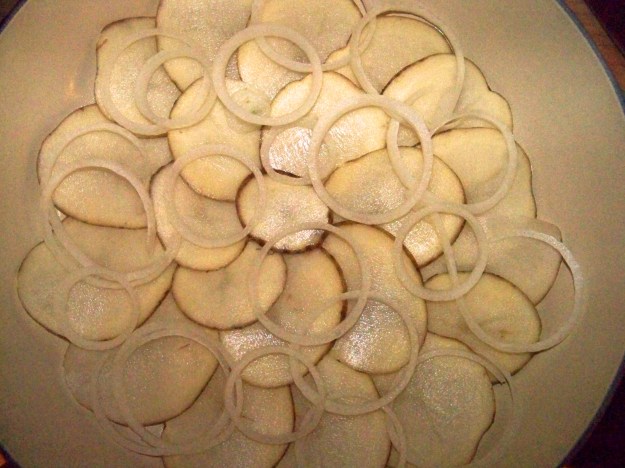For those of you who have followed the blog, you may have noticed my absence for what seems like an unconscionably long time. Which it has been. In the interim, a giant plague hit the world, I leaned into my semi-retirement, and our family — me, the bride, and two cats — moved to Portugal. While I’m sure at some point I will miss southern California, it hasn’t happened yet, and we’ve been here six months.
Life in Portugal has been pretty great, but it is not without its challenges. The ancient O’Keefe and Merritt gas stove that had been my constant companion for nearly thirty years now belongs, as does our house, to someone else. Its replacement, an electric convection oven, acts up in different ways that the old one did, so it’s taken some getting used to. The oven is also physically smaller than the O’K & M, which meant that some much beloved sheet pans had to go. Our induction range top, while brilliant for boiling water, tends to develop hot spots, which I’m not so crazy about. First world problems.
Our local grocery store(s) also have an irregular supply of spices, and some American staples, such as Italian seasoning and vanilla extract, are vanishingly rare. When you can get Italian seasoning, it often looks like this:

Now I don’t know about you, but I believe no Italian seasoning component should be red. As it turns out, this is just a mixture of sun-dried tomatoes and oregano. Some segredo do mundo (secret of the world).
I tapped my inner pioneer on the shoulder and asked, “What would Vasco da Gama have done?” Had he been interested in Italian seasoning — and there’s zero evidence he was, though his voyages to India sparked a global spice trading market — he would have had his cook make it. So I had my cook make it.
That would be me.
One can find any number of recipes for Italian seasoning out there on the Interwebs, and this one is an amalgam of many. Some omit parsley and marjoram (mine doesn’t), some omit sage (mine does), and the precise balance of ingredients varies, but I think I hit on a blend that seems “authentic” to me.
The one problem I had was that I made too much. Much too much. Like 1.7 kilos. A typical bottle of McCormick’s Italian Seasoning has a net weight of .75 ounces, which equates to 0.02 kilos. I’ll save you the step of getting out your calculator here: I made about 85 bottles’ worth. I am about to become the local Oprah of Italian seasoning. “And you get a jar of Italian seasoning! And you get a jar of Italian seasoning! And you get a jar of Italian seasoning! And you get a jar of Italian seasoning!”
Don’t do that.
I’ve cut my recipe down to 10%, which will still yield plenty of the herb blend for any normal human. I wrote the recipe by weight rather than volume, but you could probably get away with using the ratio with tablespoons (5-3-3-3-2-1.5-1), since dried leaves all pretty much weigh the same.
Just put the herbs in a big bowl and give them a good stir, or, if you prefer, put them in a sealable bag and give them a good shake. If you want to go the heroic route (and you happen to be near Lisbon), I still have all the constituent components, because I bought them all in 1 kg bags. I’ll sell them to you real cheap… but you also have to take a jar of you-know-what.
INGREDIENTS (all leaves, not ground)
- 50 g Oregano
- 30 g Marjoram
- 30 g Basil
- 30 g Thyme
- 20 g Rosemary
- 15 g Parsley
- 10 g Summer Savory











